Nutritional constraints in urban ant colonies: a comparative study between urban and rural Lasius niger colonies
Edited by Elia Guariento and Salvatore Brunetti


A Photoblog Contribution compiled by Gema Trigos-Peral


In the recent study “Urban diet as a potential cause of low body fat content in female ant sexuals“, carried out in five European cities, the authors investigate the effect of urbanization on the diet of Lasius niger by comparing them with rural colonies. They examined the use of carbohydrate, protein and fat nutrients and measured body fat content and found that urban ants have less access to high-quality carbohydrates. Urban colonies also tend to consume less protein and fat, and have lower body fat in the female sexuals (gynes). This suggests that urban ants have limited nutrient availability and invest less in gynes that might still be able to found a colony due to reduced competition for nesting sites.
MNB: Could you briefly outline the research in layperson’s terms?
GTP: Urbanization has been a topic of interest for nearly a century due to the negative impact of this phenomenon on the native biodiversity. Although most studies focus on the relationship between habitat structure and species diversity, urbanization also alters environmental conditions such as temperature, light, and food availability, which significantly impact on ant functional traits. These factors are poorly understood, and their effects on urban biodiversity remain unclear. Then, in our last project we aimed to get a better understanding of these urban stressors, with a series of studies revealing their impact by using the common garden ants as study species.



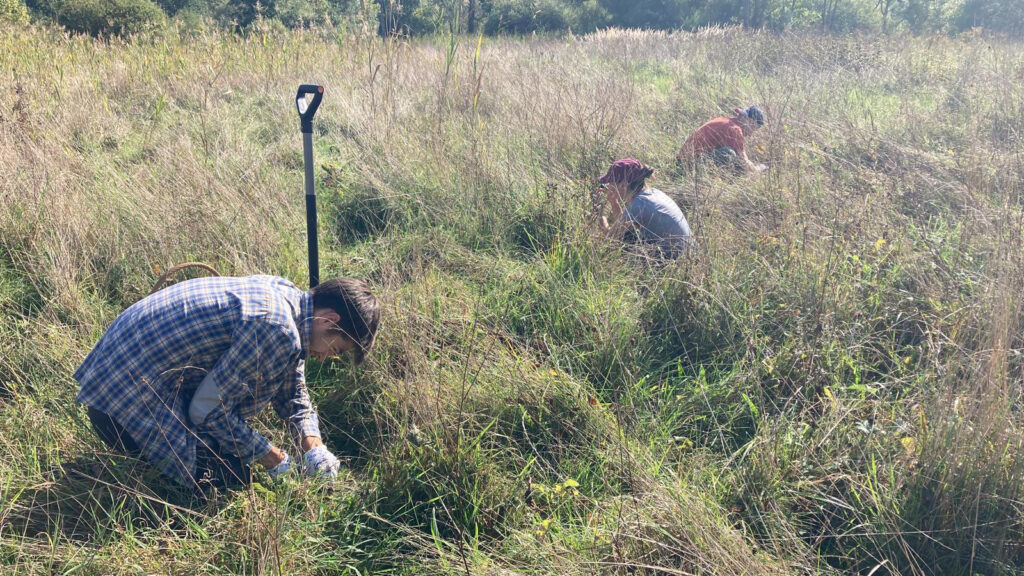
GTP: Urban environments are marked by biotic homogenization and biodiversity decline, which not only lead to the impoverishment of the ecosystem, but also may alter nutrient availability and dietary restrictions. One part of our project attempted to test for differences in dietary offer between urban and rural habitats and its potential consequences in the ant colonies, as nutrition is crucial for organism survival. We offered ants from urban and rural populations three macronutrient categories (carbohydrates, proteins, and lipids) and tested their preferences. We also measured body fat content in workers and gynes (unmated ant queens and future colony founders), as it is influenced by the food consumption and directly linked with ants’ reproductive capacity and overwintering survival. Our research revealed differences in macronutrient consumption and body fat content in gynes, supporting our hypothesis, but also suggested potential evolutionary adaptations in urban populations. These new insights are the reflection of the strength of urban impact on organisms and highlight the need of increasing our knowledge about the influence and functioning of urban stressors.
MNB: What is the take-home message of your work?
GTP: Despite urbanization being one of the main threats to global biodiversity, the underlying mechanisms affecting species in urban areas remain poorly understood. Urbanization impacts organisms at various levels, including physiological, behavioral, and nutritional traits, and also acts as a selective pressure at the evolutionary level.
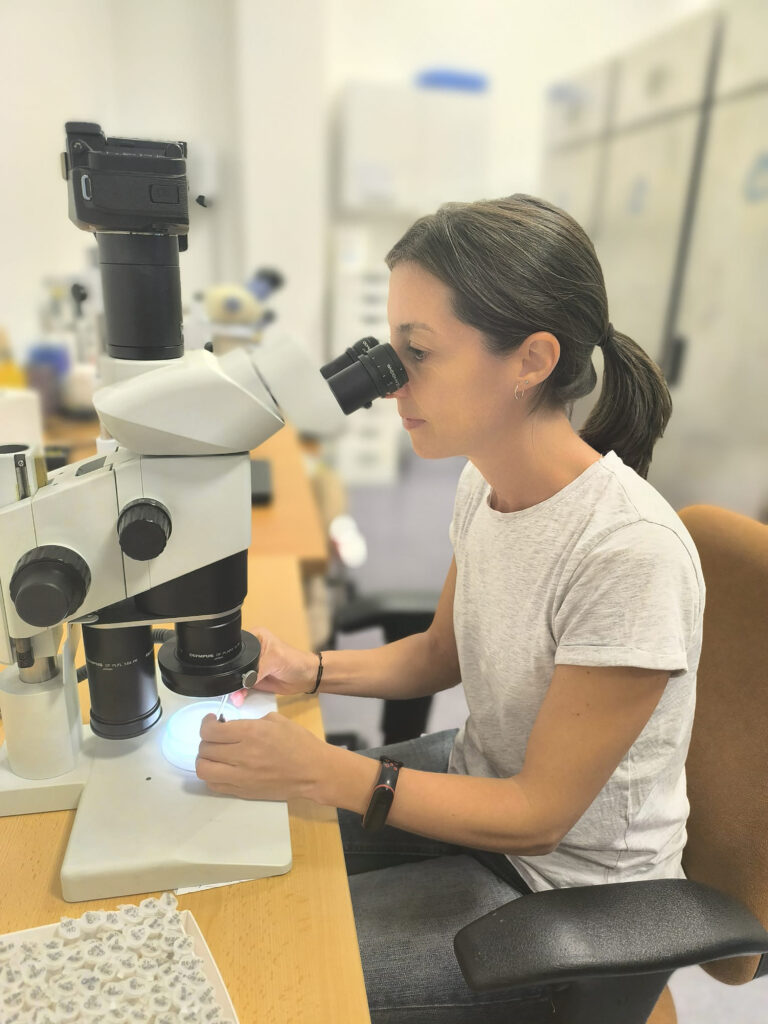
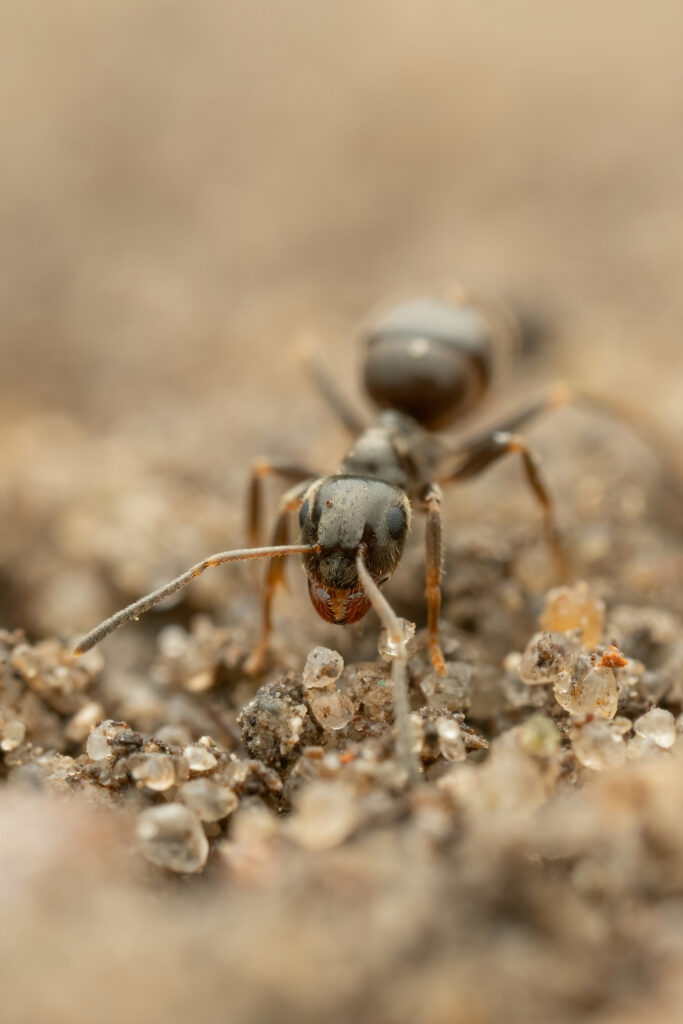
GTP: Ants, as bioindicators, reveal general trends that can be observed in other organisms living in urban environments, particularly other arthropods. Enhancing our understanding of urban stressors is crucial not only for developing effective conservation measures but also for creating more sustainable urban designs that balance efficiency, recreation, environmental health, and conservation. This, in turn, will improve the well-being of both urban citizens and the environment.



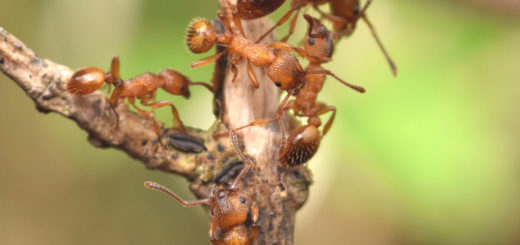
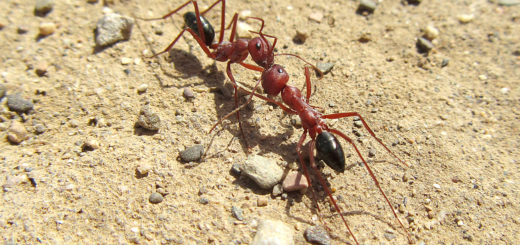
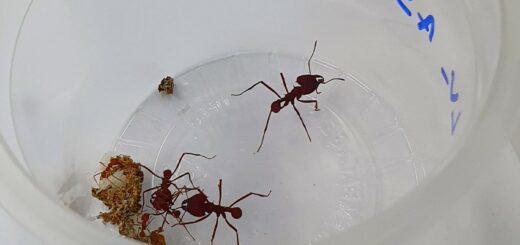
Recent Comments